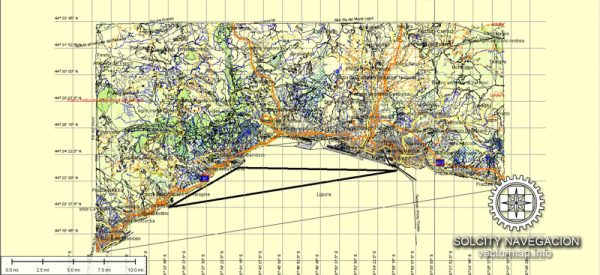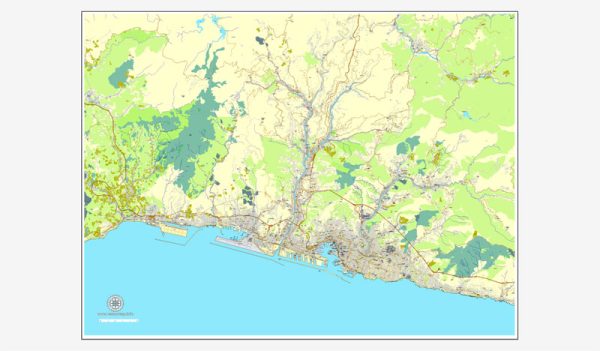Genoa, Italy, boasts a rich history of urban development that spans over many centuries. Here is an overview of the city’s historical urban development:
- Ancient Origins (pre-9th century): Genoa’s history dates back to ancient times when it was established as a settlement by the Ligures, a pre-Roman population. The city’s strategic location on the Mediterranean coast contributed to its early economic and cultural growth.
- Medieval Period (9th-15th century): Genoa flourished during the medieval period as a maritime republic. Its economy thrived through trade, shipbuilding, and banking. The city’s urban structure evolved with the construction of defensive walls, towers, and the development of a dense network of narrow alleyways in the historic center. The Cathedral of San Lorenzo and the Church of San Matteo are examples of medieval architecture that still stand today.
- Renaissance and Baroque Eras (15th-18th century): The Renaissance brought about further architectural advancements in Genoa. Palaces and grand residences were constructed, showcasing the city’s prosperity. The Palazzo Ducale, a symbol of Genoa’s political power, is a notable example of Renaissance architecture. During the Baroque period, Genoa continued to expand, and public spaces like the Piazza De Ferrari took shape.
- 18th and 19th Centuries: Genoa’s importance as a maritime and trading hub continued into the 18th century. The city underwent further urban development with the creation of new roads, bridges, and public buildings. The construction of the Strade Nuove (New Streets) in the 16th century and the expansion of the city in the 19th century are significant milestones in its urban growth.
- Industrialization and Modernization (19th-20th century): The 19th century brought industrialization to Genoa, transforming its economic landscape. The city’s port facilities expanded, and new neighborhoods emerged. In the early 20th century, urban planning efforts focused on modernizing the infrastructure and accommodating the growing population.
- Post-World War II and Contemporary Period: Genoa faced considerable damage during World War II, and post-war reconstruction efforts were marked by a mix of historical preservation and modernization. The city’s urban landscape continued to evolve, with the development of new residential areas, commercial districts, and transportation infrastructure.
- Urban Challenges and Preservation Efforts: Like many historic cities, Genoa faces the challenge of balancing modernization with the preservation of its cultural and architectural heritage. Efforts have been made to protect and restore historic buildings, and urban planning initiatives aim to address contemporary issues while respecting the city’s historical character.
Overall, Genoa’s urban development reflects its dynamic history as a maritime powerhouse, a medieval republic, and a key player in Mediterranean trade. The city’s architecture and layout tell a story of centuries of economic prosperity, cultural exchange, and adaptation to changing times.



 Author: Kirill Shrayber, Ph.D.
Author: Kirill Shrayber, Ph.D.